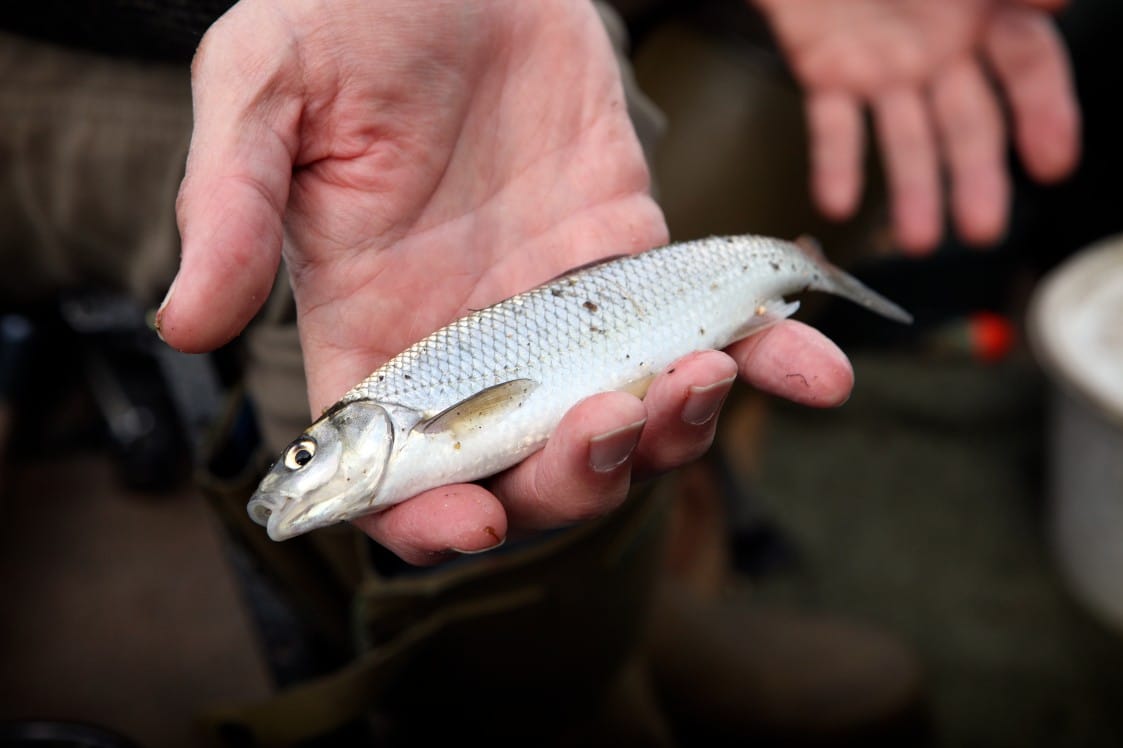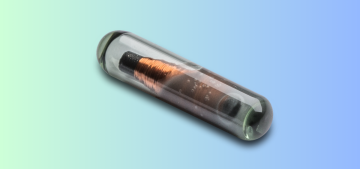Magnetic Resonance Imaging (MRI) is a powerful tool in veterinary medicine, offering non-invasive, detailed images of an animal’s internal structures. However, the interaction between MRI technology and Passive Integrated Transponder (PIT) tags—commonly used for animal identification—raises important considerations regarding the safety and effectiveness of both the procedure and the tag’s functionality. This blog post delves into the effects of MRI on animals implanted with PIT tags.
Understanding PIT Tags
PIT tags are small electronic devices implanted under the skin of animals to provide a unique identification number, which can be detected and read by a scanner. They are widely used in wildlife management, research, and also in domestic pets for identification purposes. These tags are typically passive, meaning they do not have a power source until activated by a scanner’s signal.
Research Findings and Recommendations
Research into the effects of MRI on animals with PIT tags has yielded mixed results, with some studies indicating minimal risk and others suggesting significant concerns. Key findings include:
- Temperature Increase: Studies have shown that the temperature of some PIT tags can increase during MRI, but typically not to levels that would cause tissue damage.
- Movement and Migration: While theoretically possible, actual cases of PIT tag migration due to MRI are extremely rare.
- Image Quality: The extent to which PIT tags affect MRI image quality largely depends on their proximity to the area being imaged and the type of MRI used.
Given these findings, several recommendations can be made for safely conducting MRI on animals with PIT tags:
- Pre-MRI Screening: Always verify whether an animal has a PIT tag before MRI. If a tag is present, consider its location and consult veterinary radiologists on potential risks.
- Use of Appropriate MRI Parameters: Adjusting the MRI’s parameters may reduce the impact of PIT tags on image quality. This should be done by experienced radiologists.
- Monitoring: During the MRI, closely monitor the animal for any signs of distress or complications, particularly in cases where the PIT tag is near the area being scanned.










Add comment